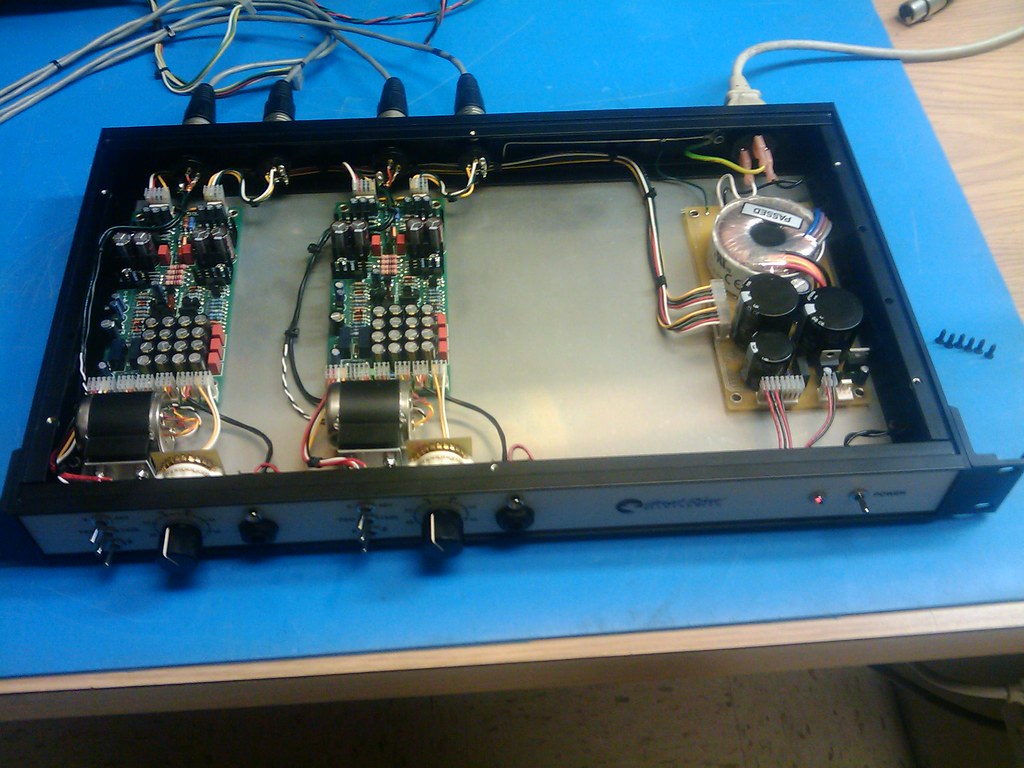Ptownkid
Well-known member
There is no info for the 500 here, it was just a brief mention a few pages back...the new board being discussed is a revisit of the original 1u version. However...you are right, a new thread is in order so as to not confuse the two boards.


































